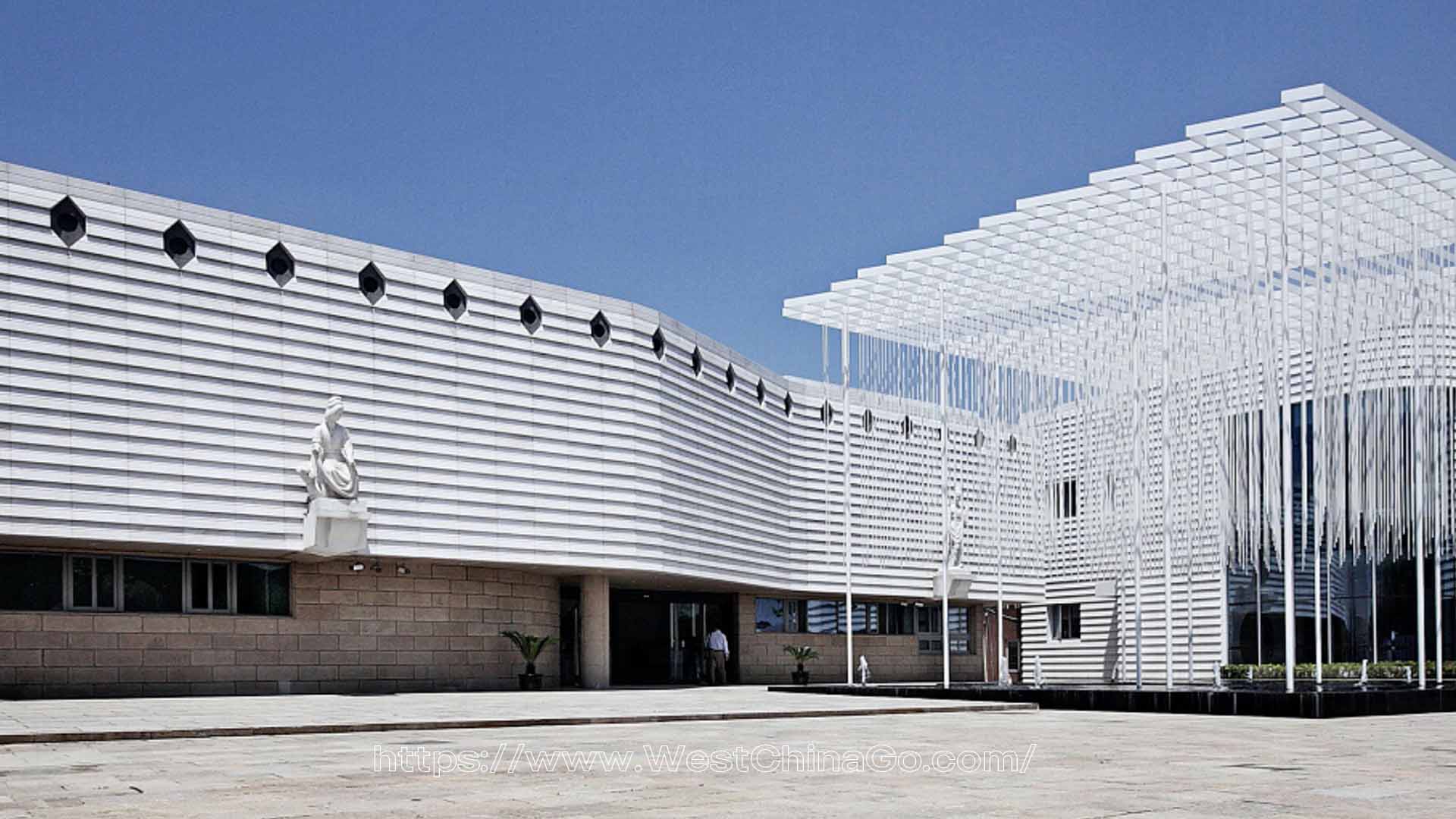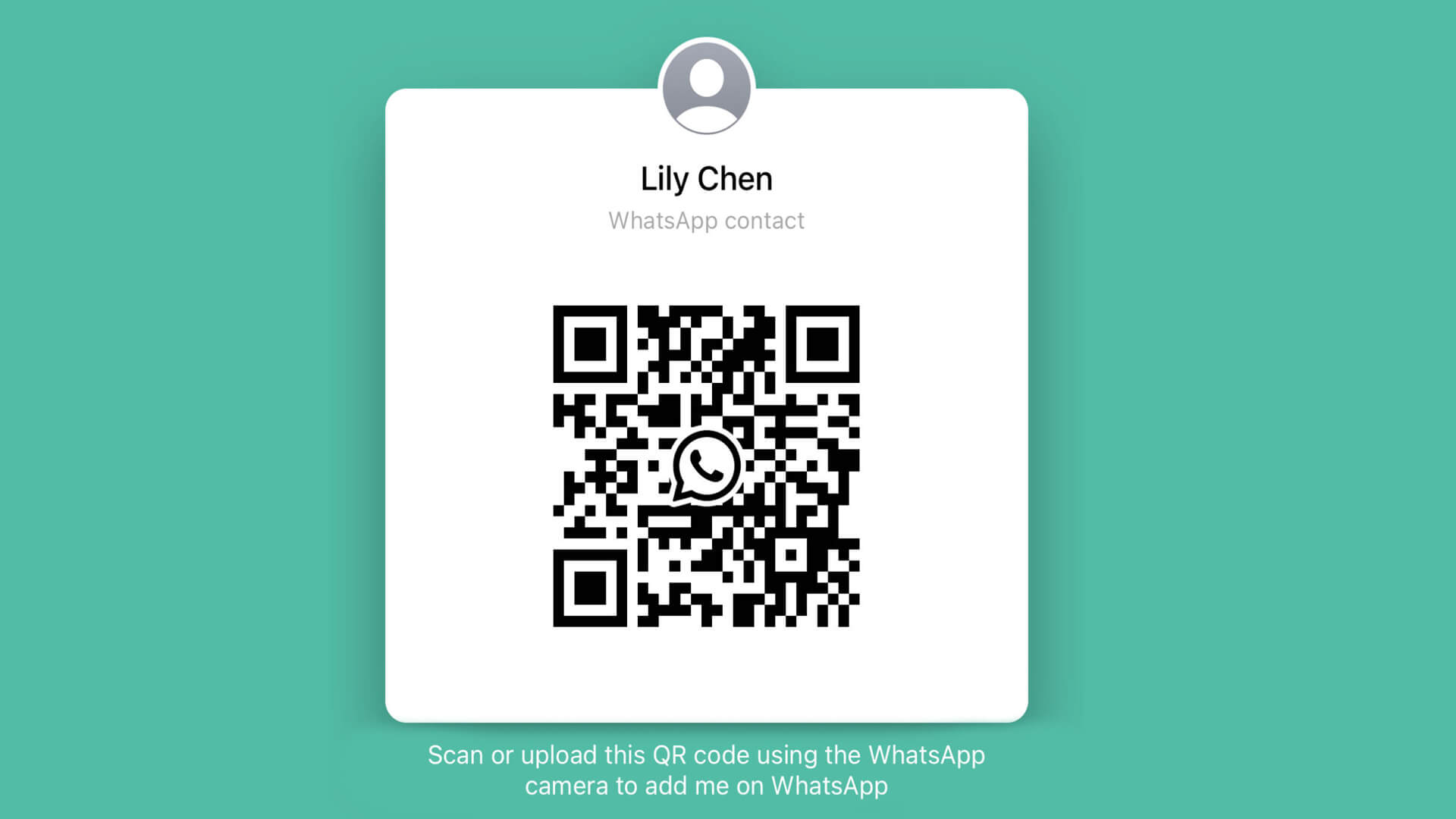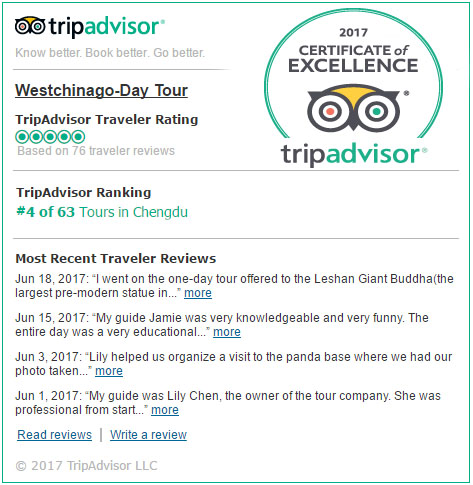
Suzhou Silk Museum
- Chinese name: Suzhou Silk Museum
- Foreign name: Suzhou Silk Museum
- Location: No. 2001, Renmin Road, Suzhou, Jiangsu
- Ticket Price: Free
- Area:9460 m²
- Category: Professional Museum
- Opening hours: Tuesday to Sunday 9:00-17:00 (no entry at 16:00), closed every Monday
- Collection boutique: velvet loom, satin loom, brocade loom
- Opening time: September 21, 1991
- Offical Website: https://www.szsilkmuseum.com/
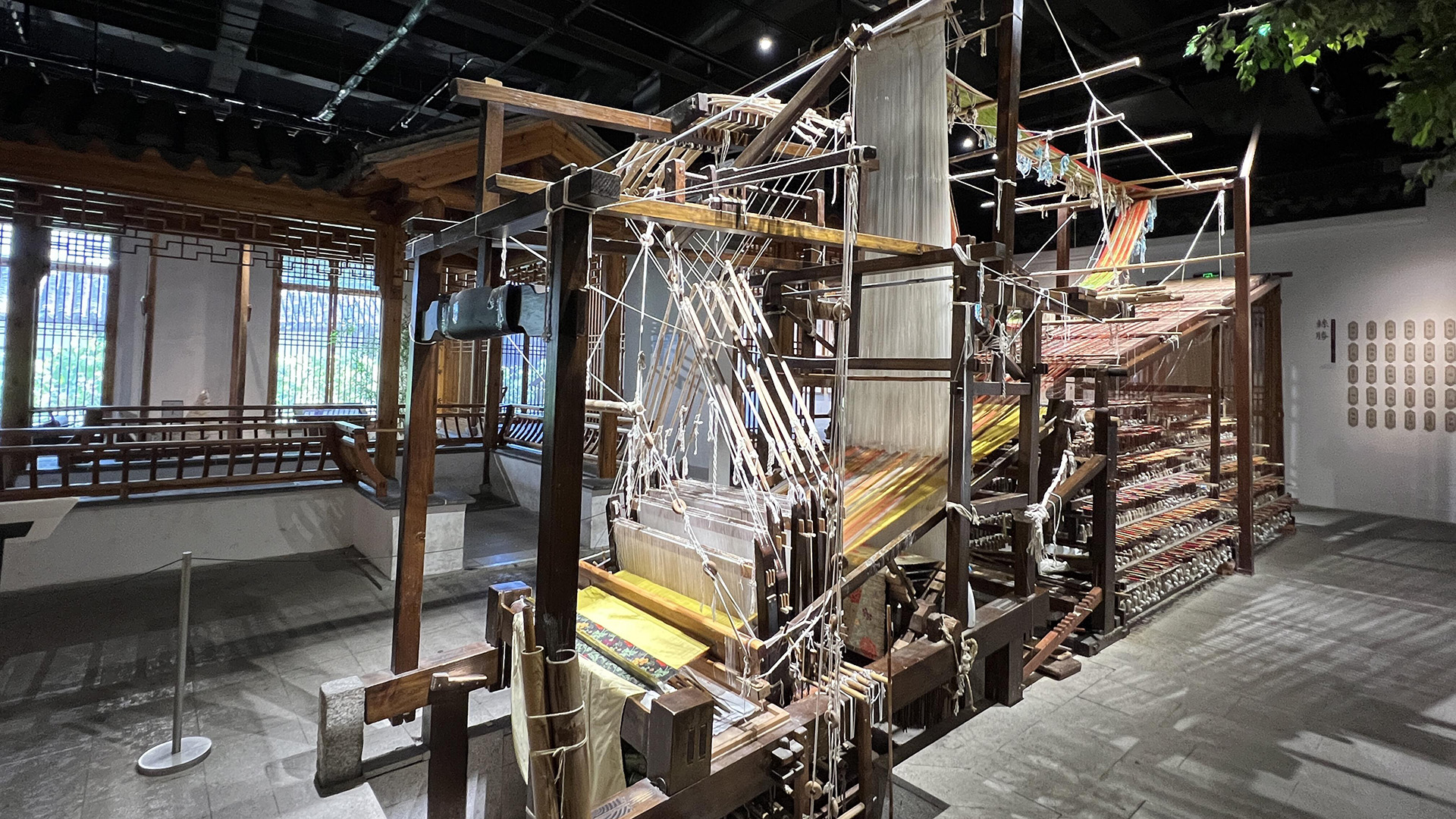
Suzhou Silk Museum
Suzhou Silk Museum is located in Beisi Tower Scenic Area, Suzhou City, Jiangsu Province. It is a professional silk museum. The museum was officially opened to the public on September 21, 1991, and has been open to the public free of charge since October 1, 2013. Suzhou Silk Museum covers an area of 9,500 square meters, with an exhibition area of 4,000 square meters.
Suzhou Silk Museum has six exhibition areas: History Hall, Modern Hall, Children’s Science Hall, Sangzi Garden, Silk Weaving Machinery Showroom, and Qian Xiaoping Silk Culture and Art Hall. There are six parts: courtyard, Minguo Street and non-heritage hall. As of August 2019, the museum has more than 700 pieces of cultural relics from the Neolithic Age to the Ming and Qing Dynasties, and more than 3,000 pieces of various specimens and materials.
Why Is the Silk Museum Worth Visiting?
Suzhou has long been known as the “Capital of Silk,” and the Suzhou Silk Museum is the very first museum in China dedicated exclusively to silk. It houses a remarkable collection of silk artifacts, ranging from the Neolithic Age to modern times. Visitors don’t just see silk—they learn about the entire process, from silkworm cocoon to luxurious garments. It’s truly a “living encyclopedia of silk”!
Some Fascinating Facts That Truly Amazed You:
🔹 Did the Silk Road Really Start in Jiangnan?
Surprisingly, the source of goods for the Silk Road was Suzhou! During the Tang and Song dynasties, luxurious silk fabrics from Jiangnan were transported via the Grand Canal to Chang’an, then traded across the world.
🔹 “An Inch of Kesi Is Worth an Inch of Gold”
Seeing authentic Song dynasty kesi (cut silk) pieces up close was stunning. The professor explained that this was an ancient “luxury item.” Made with a technique called “continuous warp and discontinuous weft,” only a few centimeters could be woven in a day—true craftsmanship!
🔹 The Secret of Empress Dowager Cixi’s Dragon Robe
In the Qing dynasty, Suzhou’s Imperial Weaving Bureau made textiles exclusively for the royal family. A single dragon robe could take years to complete, made with gold threads and peacock feather yarn—an unimaginable level of opulence!
🔹 Ancient Wellness Tech
Silkworms weren’t just for silk. They were also prized for their medicinal value—silkworm droppings (called can sha) were believed to relieve rheumatism, and silkworm pupae are rich in protein.
🔹 A Masterpiece of Jiangnan Weaving
At the weaving workshop, I saw the legendary Zhang satin, which originated in the Yuan dynasty and became royal-exclusive in the Ming and Qing. Using a special “velvet rod” technique, it produces raised velvet patterns that look almost three-dimensional.
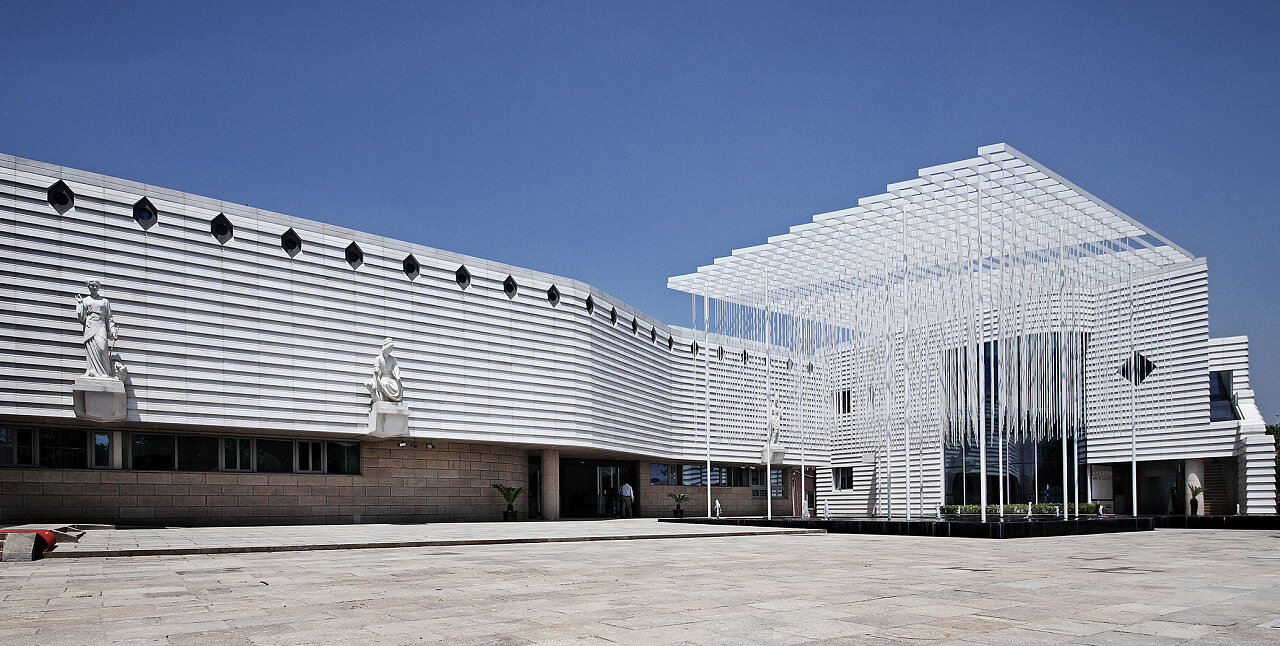
Suzhou Silk Museum Tourist Map
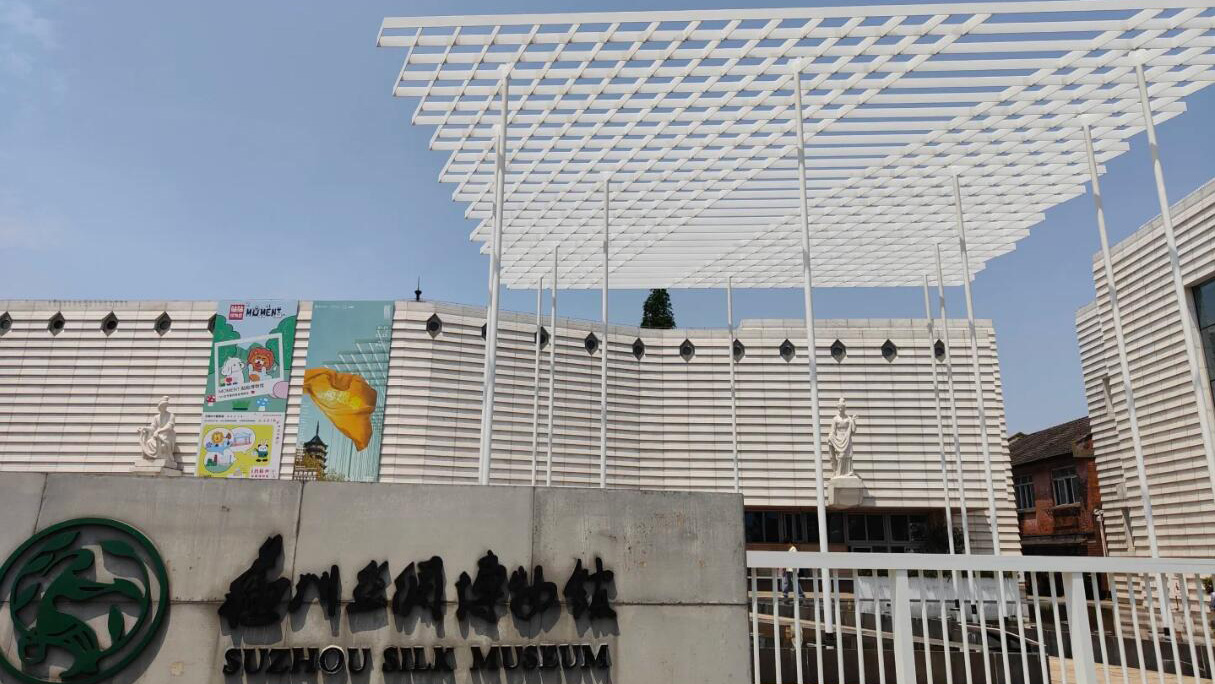
Suzhou Silk Museum Travel Guide
